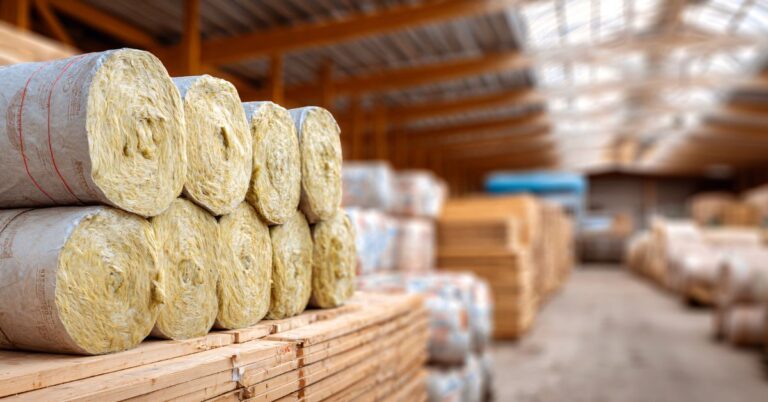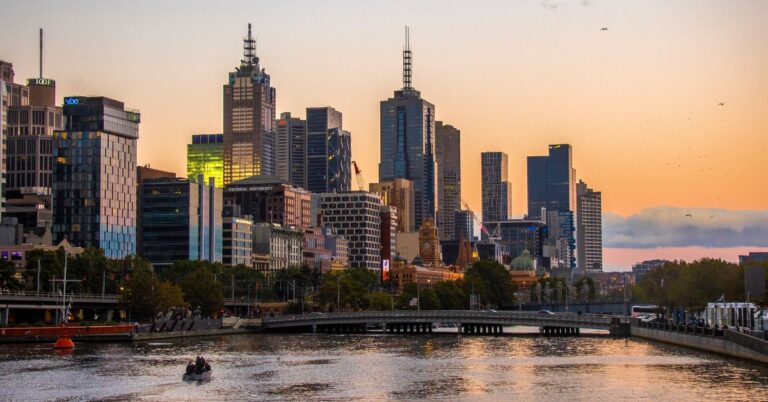The home building timeline depends on several factors including design complexity, site conditions, and builder availability. Understanding what happens at each stage helps you manage expectations, plan finances, and keep your project on track.
This guide breaks down the construction timeline, explains each stage in simple terms, and provides practical tips to ensure your building schedule runs smoothly from start to finish.
1. Why the Timeline Matters
A clear and realistic building schedule is more than just a countdown to completion — it’s a roadmap for every step of your journey. Knowing what happens when helps you plan your finances, coordinate moving dates, and make timely design decisions.
Having a well-defined timeline also lets you track progress, avoid confusion, and manage any issues before they cause delays.
2. Average Home Building Duration in Melbourne
In Melbourne, most new home builds take around 8 to 12 months from start to finish. For more complex or custom-designed homes, the project duration can extend up to 18 months or more.
The process begins with design and council approvals, followed by site preparation, framing, lock-up, internal fit-out, and final handover. Weather conditions, trades availability, and material supply all play a role in how long each phase takes.
While timelines vary, you can expect:
- Design and approvals: 2 to 4 months
- Site preparation and foundations: 2 to 6 weeks
- Framing and structure: 4 to 8 weeks
- Lock-up stage: 2 to 4 weeks
- Internal fit-out and finishes: 6 to 12 weeks
- Landscaping and final touches: 2 to 6 weeks
- Handover and inspection: 1 to 3 weeks
Every build is unique, so treat these as general guidelines rather than strict deadlines.
3. What Affects the Home Building Timeline
Design Complexity
A simple single-storey home can be completed much faster than a multi-level custom design. Features such as curved walls, high ceilings, or bespoke materials often extend the timeline.
Council Approvals and Permits
Before construction begins, you’ll need to secure planning and building permits. Depending on your local Melbourne council and zoning regulations, this can take anywhere from 6 to 12 weeks.
Site Conditions and Access
Sloped blocks, poor soil quality, or limited access for construction vehicles can all slow down progress, particularly during the early excavation and foundation stages.
Builder and Trade Availability
Melbourne’s busy construction market means that good builders and trades are often booked out months in advance. Choosing your builder early and locking in schedules can help prevent unnecessary waiting times.
Material Supply and Logistics
Delays in sourcing materials like windows, steel, or tiles can pause work mid-project. Ordering early and choosing locally available options can reduce these risks.
Weather Conditions
Melbourne’s unpredictable climate can affect outdoor stages such as slab pouring, framing, and roofing. Rainy or windy days may cause unavoidable pauses in construction.
Changes During Construction
Making design or material changes once work has begun is one of the most common causes of delay. Even small variations can ripple through your entire schedule.
4. Detailed Breakdown of the Building Process
Stage 1: Design and Documentation (2–4 months)
This initial phase involves developing your concept design, preparing working drawings, and applying for planning and building permits. It’s also when you finalise your selections and sign the building contract.
Tip: Make design decisions early to prevent documentation delays later.
Stage 2: Site Preparation (2–6 weeks)
Once permits are approved, your builder clears the land, levels the site, and lays the foundation. Soil tests and site surveys are completed before pouring the slab.
Tip: Ensure site access is clear for equipment and deliveries.
Stage 3: Framing (4–8 weeks)
Your home’s structure takes shape with walls, floors, and roof trusses installed. It’s a highly visual phase where progress feels fast.
Tip: Visit the site regularly to monitor workmanship and structural alignment.
Stage 4: Lock-Up Stage (2–4 weeks)
This phase seals your home from the elements. The roof, windows, and external doors are installed so interior work can continue safely, regardless of weather conditions.
Stage 5: Internal Fixing and Fit-Out (6–12 weeks)
The interior of your home comes together during this stage. Electrical wiring, plumbing, plastering, cabinetry, and painting all occur here. Multiple trades work simultaneously, so communication is key to avoid overlaps.
Stage 6: Finishes, Fixtures and Landscaping (2–6 weeks)
Final touches such as flooring, lighting, bathroom fittings, and external works are completed. Driveways, paths, and gardens are usually finalised at this stage.
Stage 7: Handover and Inspection (1–3 weeks)
Once all works are complete, your builder conducts a final quality inspection and rectifies any minor issues. After approval, you’ll receive your keys and occupancy certificate — marking the official completion of your new home.
5. How to Keep Your Project on Schedule
Keeping your construction timeline on track requires good planning and proactive communication. Here are key tips:
- Finalise your design and selections before construction starts.
- Minimise last-minute changes and variations.
- Choose a reliable, experienced builder with proven timelines.
- Confirm material lead times early in the process.
- Stay in touch with your builder through regular site meetings.
- Build in a time buffer of around 10% for unexpected delays.
- Keep documentation and approvals well-organised.
Consistency and preparation are the best defences against project overruns.
6. Frequently Asked Questions
Q: How long does it take to build a standard home in Melbourne?
A: Most standard homes take around 8 to 12 months, depending on design complexity and weather.
Q: Does the timeline include planning and approvals?
A: No, those steps happen before construction and can add another 2 to 4 months.
Q: Can bad weather delay my project?
A: Yes, rain and wind can disrupt early foundation and roofing stages, especially during Melbourne’s winter.
Q: What is the quickest type of home to build?
A: A single-storey home with a straightforward design and readily available materials will finish fastest.
Q: What if my build runs over schedule?
A: Check your contract for extension-of-time clauses and discuss reasons for delays with your builder.
7. Key Takeaways
- The average home building timeline in Melbourne ranges between 8 and 12 months.
- Factors like permits, site access, weather, and variations can extend your schedule.
- Planning early, avoiding last-minute changes, and choosing an organised builder can save you weeks — or even months.
8. Next Steps
Building a home is a major investment — and knowing what to expect makes the process much smoother. Work closely with your builder to map a realistic construction timeline, review milestones regularly, and maintain clear communication.
If you’re ready to start, consult a local Melbourne builder who can create a detailed schedule tailored to your design, location, and budget. With the right preparation and team, you’ll soon be moving into your dream home — on time and with confidence.
Suggested Schema Markup:
- Article Schema
- FAQ Schema
- HowTo Schema
Internal Link Suggestions:
- “Building Permit Process Melbourne”
- “Choosing the Right Builder in Melbourne”
- “Average Home Extension Costs”
- “Construction Stages Explained”
- “Top Mistakes to Avoid When Building a Home”




